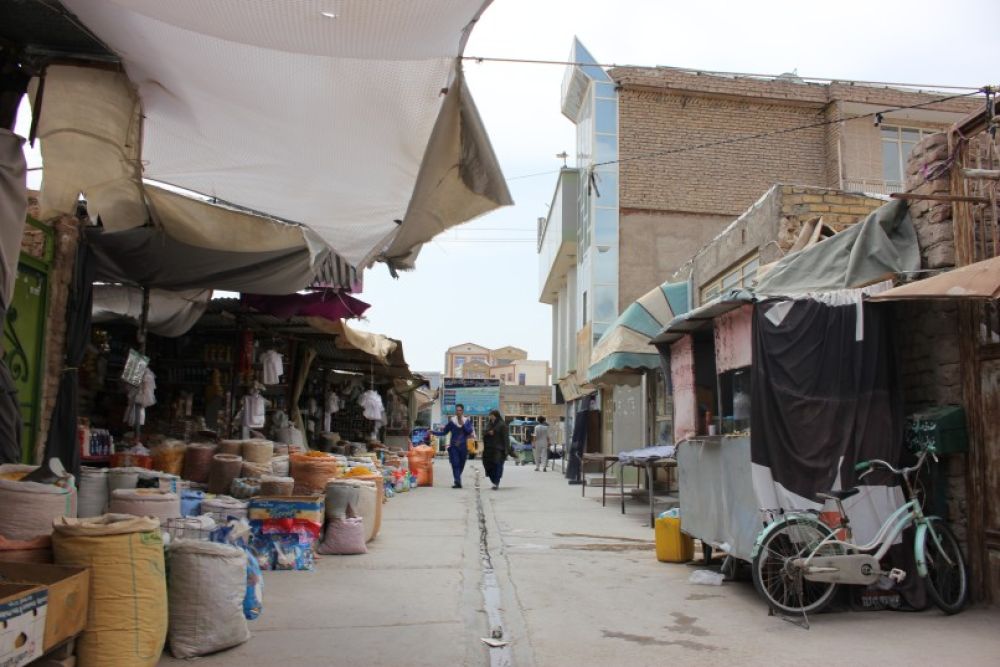

Located in the ancient city of Herat, Afghanistan, Herat Bazaar has been a bustling center of trade and culture for centuries. The city's history stretches back over 2,500 years and has seen the rise and fall of many empires. Herat enjoyed its golden age during the Timurid period, particularly in the 15th century under the rule of Queen Goharshad. As a key stop along the Silk Road, Herat's bazaars thrived with the exchange of goods, ideas, and cultures among traders from across Asia, Europe, and Africa.
Herat's rich cultural legacy attracted travelers and scholars from around the world long before the modern concept of tourism. The city's Islamic architecture, illuminated manuscripts, and Persian poetry drew the attention of many historical figures. Tourism, as we understand it today, began to develop in Afghanistan in the early to mid-20th century, as more people became interested in exploring its historical treasures, such as the Herat Bazaar.
The bazaar itself is a labyrinth of lanes lined with shops that offer a myriad of items, from traditional Afghan rugs to intricate glassware and precious saffron. The architecture of the bazaar, with its vaulted ceilings and ornate carvings, is a testament to the city's historical significance and aesthetic heritage.
Despite its historical importance, tourism in Herat has faced numerous challenges over the past few decades due to political instability and conflicts within the region. However, efforts to restore and preserve Herat's ancient sites have been ongoing. The Aga Khan Trust for Culture, for example, has invested in the renovation of several significant historical structures in and around the bazaar.
In recent times, there has been a gradual push to revive tourism in Afghanistan, including Herat, with a focus on sustainable and cultural tourism. While international tourism remains limited, there is a growing interest in promoting the country’s rich cultural legacy and natural beauty. Visitors who make it to Herat Bazaar can enjoy an authentic experience, connecting with local artisans and immersing themselves in the history of the Silk Road.
For those interested in the future of tourism in Herat and places like Herat Bazaar, there are hopes that peace and stability will bring about a renaissance of cultural exchange and economic recovery through tourism.
As the efforts to stabilize the region continue, the hope is that Herat Bazaar and the historical city of Herat will once again become a vibrant hub for tourists, showcasing the enduring spirit and cultural richness of Afghanistan to the world.